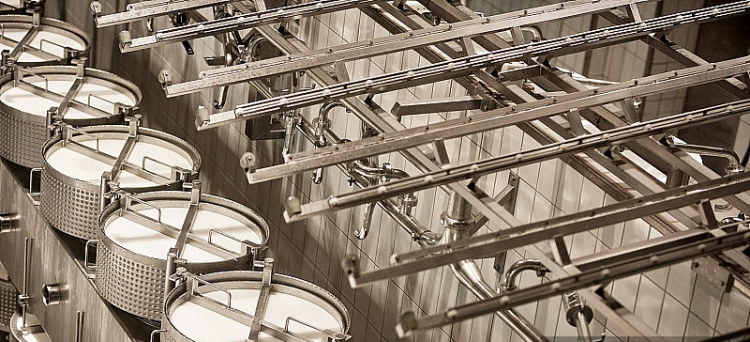Sodium carboxymethyl cellulose (CMC) is a commonly used food additive. The amount of addition in the food industry needs to be determined based on many factors:
1. Food types
Beverages: In juice, milk tea and other beverages, it is mainly used for its thickening and stabilizing effects to prevent the beverage from stratification and precipitation. The amount of addition is usually between 0.1% and 0.5%. For example, in some acidic juice drinks, adding about 0.2% CMC can effectively maintain the uniform state and good taste of the juice.
Dairy products: used in yogurt, ice cream and other products. The amount added to yogurt is generally 0.2% - 0.5%, which can improve the texture of yogurt and prevent whey precipitation; the amount added to ice cream is about 0.1% - 0.3%, which can inhibit the growth of ice crystals, making the product taste more delicate and the texture more stable.
Baked foods: The amount added to baked foods such as bread and cakes is 0.3% - 1%. It can increase the toughness and water retention of the dough, delay the aging of bread, and extend the shelf life. For example, when making whole wheat bread, adding about 0.5% CMC can keep the bread soft and extend the shelf life.
Meat products: The amount added to meat products such as ham sausage and luncheon meat is generally 0.2% - 0.5%, which can improve the water retention and adhesion of minced meat, improve the texture and slicing of the product.
2. Expected effect
Thickening: If you want the food to have a higher viscosity, such as jams and sauces, the amount added can be appropriately increased, generally 0.5% - 2%. For example, when producing thick tomato sauce, adding 1% - 2% CMC can achieve the ideal consistency.
Stability: To prevent the precipitation of suspended particles or emulsion stratification, such as cocoa milk, coffee creamer, etc., the addition amount is usually 0.1% - 0.5% to achieve a good stabilization effect.
Water retention: In some foods that are easy to lose water, such as cakes and bread, in order to extend the shelf life, the addition amount is generally 0.3% - 1%.
3. Regulatory standards
Domestic: China's "Food Additives Usage Standard" (GB 2760-2014) clearly stipulates the maximum usage of sodium carboxymethyl cellulose in different foods. For example, the maximum usage in cream is 5.0g/kg, and the maximum usage in batter, breading, and frying powder is 2.0g/kg. In actual production, companies must strictly follow these regulations to ensure food safety.
International: Different countries and regions have different regulations on the use of CMC in food. For example, the U.S. Food and Drug Administration (FDA) stipulates that CMC is generally considered safe when used as a thickener, stabilizer, etc. in food, but it must also comply with good manufacturing practices (GMP); the European Union also has corresponding regulations on its scope of use and limits. Exporting food companies need to pay special attention to the regulatory requirements of the target market and reasonably determine the amount of addition.
4. Cost factors
CMC prices will affect the amount of addition. When the price is high, companies will try to reduce the amount of use while ensuring product quality, and achieve cost control by optimizing the process and compounding with other additives. For example, in some large-scale beverage products, if the price of CMC rises, the company may appropriately reduce its addition amount, and adjust the proportion of other thickeners to ensure stable product quality.
5. Synergistic effect of other additives
In actual production, CMC is often used in combination with other food additives such as xanthan gum and guar gum. These additives may produce synergistic or antagonistic effects, thus affecting the actual addition amount of CMC. For example, when CMC and xanthan gum are compounded for salad dressing production, the synergistic effect of the two can enhance the thickening and stabilizing effects. At this time, the amount of CMC added can be appropriately reduced compared to when used alone.
